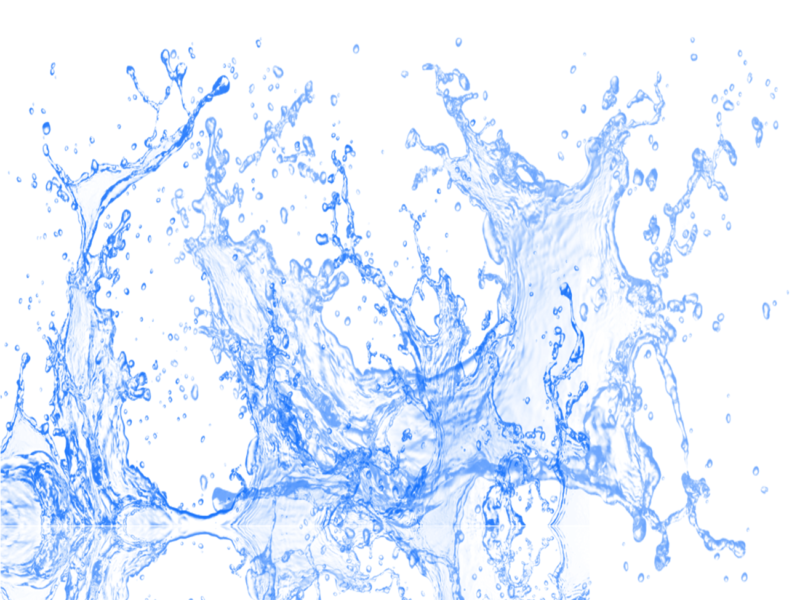Some say future wars will be fought over water, and a billion individuals around the world are already struggling to find potable water.
Now, researchers at the National University of Singapore (NUS) are coming into the rescue. They’ve made a substance that extracts potable water out of atmosphere with no external power supply.
The earth’s atmosphere contains enough water to fill nearly half a trillion Olympic swimming pools. However, it has long been overlooked as a supply of potable water.
To extract water from this under utilized source, a team led by Professor Ho Ghim Wei in the NUS Department of Electric and Computer Engineering created a type of aerogel, a solid material that weighs nearly nothing. Under the microscope, it resembles a sponge, but it doesn’t need to be squeezed to release the water it absorbs in the air. Additionally, it doesn’t require a battery. In a humid environment, 1 kilogram of it’s going to produce 17 liters of potable water a day.
The trick is in the long, snakelike molecules, called polymers, building up the aerogel. The exceptional long-chain polymer is made up of sophisticated chemical structure that can continuously switch between attracting water and repelling water. The ‘smart’ aerogel autonomously gathers water molecules in the atmosphere, condenses them into a liquid and releases the drinking water. Whenever there’s sunshine, the smart structure can further boost the water release by transitioning into an entire water-hating state. And it’s very good at that. 95 percent of the water vapor that goes into the aerogel comes out as water. In lab tests, the aerogel gave potable water nonstop for months.
The researchers tested the water, and found it met World Health Organization’s standards for potable water.
Other scientists have devised ways to extract potable water from the atmosphere, but their designs had to be powered by electricity or sunlight, and had moving components that needed to be opened and shut.
The NUS researchers published their creation in the journal Science Advances. They are now looking for industry partners to scale this up for domestic or industrial potable water use. Maybe it could even find a place in endurance sports or even survival kits, for example.
“Given that atmospheric water is continuously replenished by the global hydrological cycle, our invention offers a promising solution for achieving sustainable freshwater production in a variety of climatic conditions, at minimal energy cost,” shared Prof Ho.
Related Journal Article: https://advances.sciencemag.org/content/6/42/eabc8605

